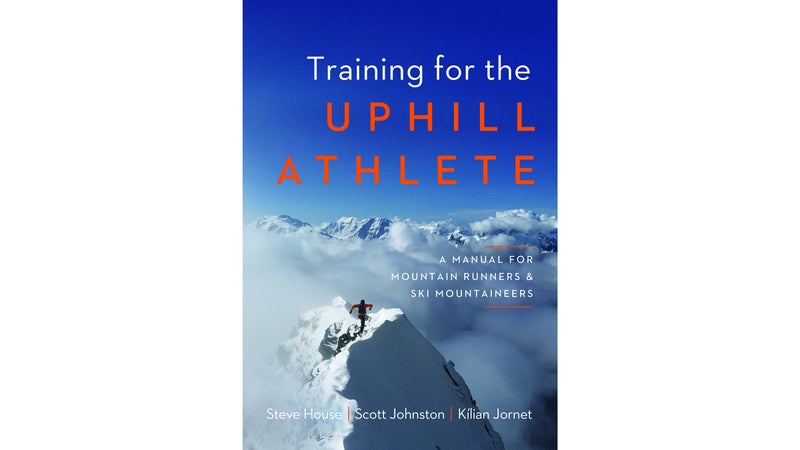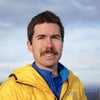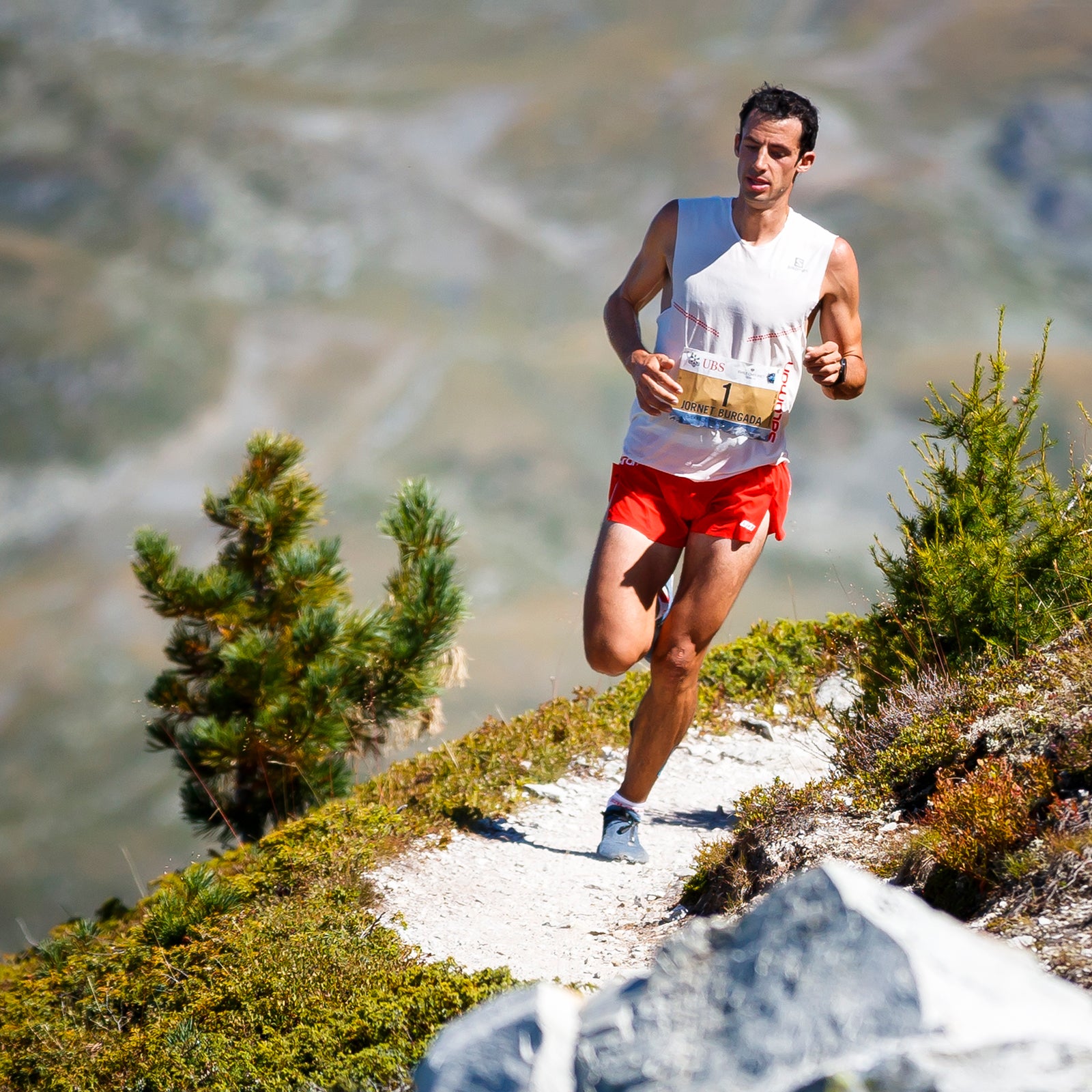Most people can’t ski for 24 hours straight, let alone whip off a cool��78,274 feet of vertical gain in that time frame. But then again, most people aren’t��Kilian Jornet.
The 31-year-old Spaniard is a natural athlete, no doubt, but his success also comes from a lifetime of trail running and backcountry skiing. He started ski mountaineering when he was three years old, and by the time he was five, he was roping up for 3,000-meter peaks. He’s��been building up his base strength and fitness pretty much since he learned how to walk.
For the past eight years, he’s kept his annual training volume between 1,000 and 1,300 hours. His distance stats are nauseating. Annually, he racks up an average 9,320 miles and 1,804,462 vertical feet—the equivalent of climbing from Base Camp to the summit of Mount Everest 158 times, or once every two to three days. Scott Johnston, an accomplished climber, coach, and the co-founder of��, says, “His easiest training week of the year would likely put most people in the hospital.”
In short, no one should train like Kilian Jornet, which became a problem when��he��teamed up with Johnston and —both of whom have impressive resumes of first ascents across the globe and a lifetime of experience preparing for high-altitude endeavors—to write����($35, Patagonia), a definitive 368-page tome for mountain runners and ski mountaineers, published in��March. “We couldn’t use Kilian as an example in the book,” says Johnston, “because he’s such a freak.”

Yet��it was Jornet who planted the seed for the new book. As House writes in the foreword, when he and Jornet first met in 2014, Jornet mentioned how much he had enjoyed����($35, Patagonia), House and Johnston’s first book, which was published earlier that year and focused on climbing. Jornet��noted that��nothing like it existed for mountain runners or ski mountaineers. “‘We should write that book together!’ I almost shouted,” House writes. And so the idea was born.
“Writing a book is a lot of work,” Jornet says, “but I’m also a geek of training, physiology, and data, so I wanted to help.” People know Jornet for his��mind-blowing feats of athleticism, but many may not realize he studied STAPS (Sciences and Techniques of Sports and Physical Activities) at the University of Font-Romeu, in the French Pyrenees. He has a deep background in exercise science, which he uses to coach himself.
“He’s actually kind of an anomaly, in that he’s self-coached at this high of a level as an athlete,” says House. “That’s pretty rare in any sport.”
The new book takes the principles of Training for the New Alpinism and adapts them to endurance sports. It covers��the physiological basis and methodology of endurance training (the science) as well as specifics on how to design your own training plan to best meet your goals (the practice). It shares detailed instructions and illustrations on a wide range of strength exercises, gives a few training-plan examples to get you started, and even breaks down the differences between��various��ski-touring techniques.
Their overall goal is to give you the knowledge and the tools you need to become your own coach.
What the book does not provide is a one-size-fits-all training plan. Chapter one, which explains how to use the book, states: “Physical training is often presented in a very formulaic, cookbook approach: follow the recipe and your fitness cake will turn out perfectly. The reality is that we are very complex organisms and identical recipes will not work for everyone.”
That was also a challenge when it came to writing the book. How do you tell people how to train without giving them a training plan? “I collaborated with Kilian on that philosophy,” says Johnston.��“Readers will need to personalize this, and individualize here, and dig in there, which is why the book is so heavy on theory.” Their overall goal is to give you the knowledge and the tools you need to become your own coach.
For mountain-endurance athletes who want to get serious about their training, this is the book.
While diving into processes like glycolysis and the Krebs cycle might give you flashbacks to high school biology, the book is surprisingly easy to understand, and it’s interspersed with beautiful imagery, athlete stories from the likes of Mike Foote, ,��Clare Gallagher,��Rickey Gates,��and��Dakota Jones,��and “Notes From Kilian,” which keep the pace moving��as well as provide interesting tips and anecdotes.
In one comment, Jornet describes how he started “serious training” when he was just 13 years old, hitting 600 hours of training that year. “And then I kept going,” he writes, “adding about 10 percent more training hours a year.” He suggests that others increase their training volume annually��but by no more than 10 percent, to allow time for recovery and adaptation. So for someone who is currently running ten��hours a week, or 520 hours a year—a significant feat for anyone with a full-time job—it could take seven or more years to build up to Jornet’s annual training volume.
Not everyone can live the lifestyle of a professional athlete, but everyone can learn from their experiences. “Our intention is to give the information that’s generally only available to professional or high-level athletes and coaches to enthusiastic amateurs,” says Johnston. In other words, the book allows you to use the same training techniques as the pros��but scale the volume and difficulty to your current fitness level and goals.
For mountain-endurance athletes who want to get serious��about their training, this is the book. It distills three lifetimes’ worth of knowledge and experience between Kilian, Johnston, and House��and makes it accessible to everyone.


